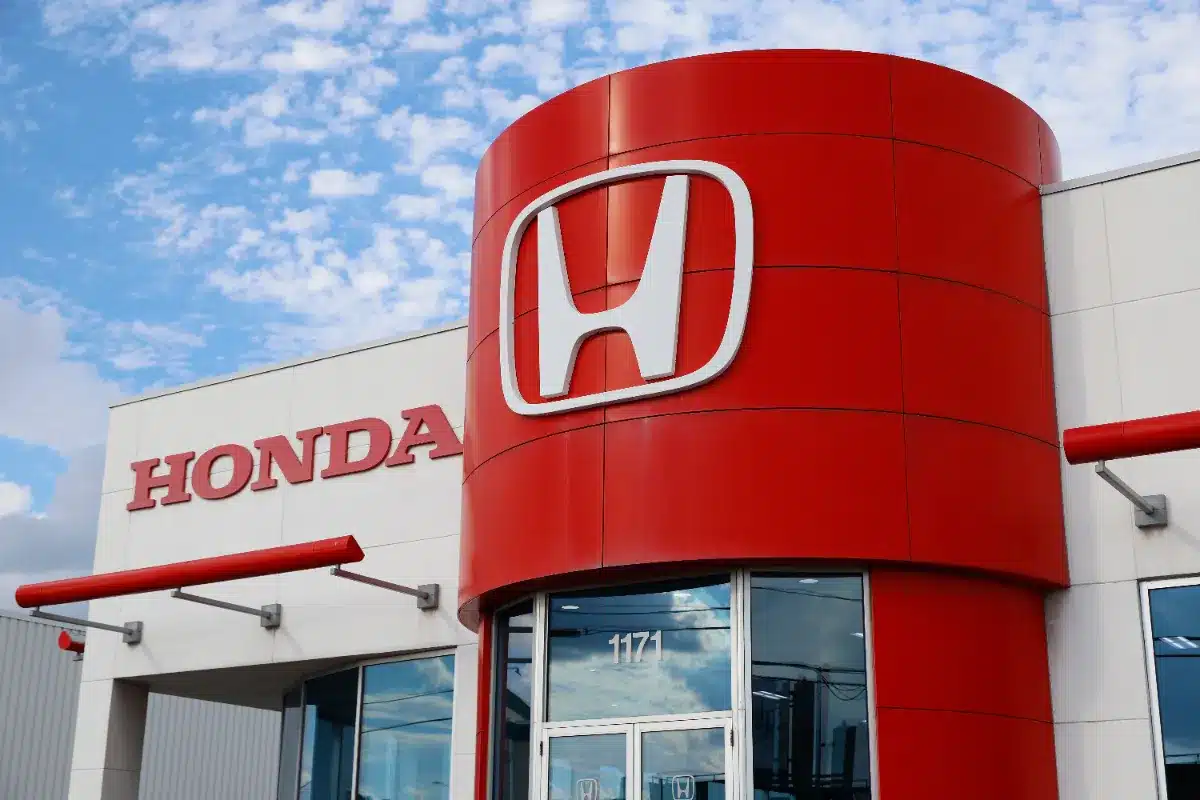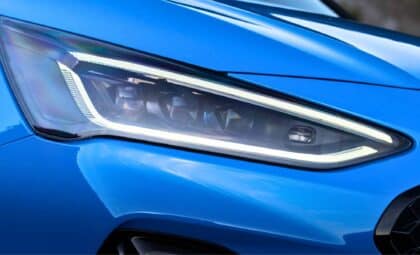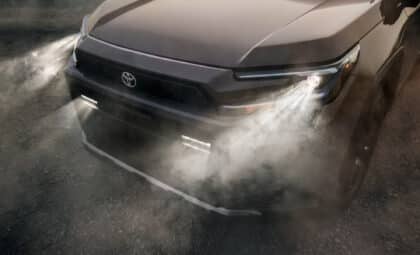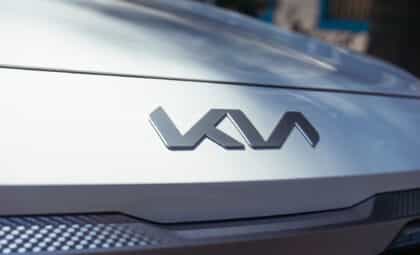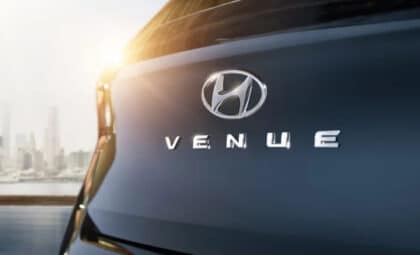For years, the Honda Si badge has been a go-to symbol for sporty driving without an outrageous price tag. This famous mark has appeared on a bunch of Honda models—from the 1980s CRX to modern Civics—and has carved its own little niche among car fans. The Civic Si, especially, is a favorite thanks to its rugged reliability and everyday practicality.
The civic si evolution: naturally aspirated to turbocharged
The Civic Si has really evolved over the generations. The 10th-generation Civic Si hit the scene in 2016, showing off turbocharging technology for the first time. That was a big change from earlier models that used naturally aspirated engines. In fact, the final version of the 9th-generation Civic Si was the last one to feature that setup, making it a gem among purists. Currently, market data from AutoTempest shows that these models usually go for around $20,000 or less.
Naturally aspirated generations: 8th and 9th
During the naturally aspirated era, the Civic Si was built in two distinct generations. The 9th-generation models (2012-2015) and the 8th-generation ones (2006-2011) each brought their own flavor to the driving experience, built around their solid engines and manual transmissions. These cars still hold a special place today, with AutoTempest.com offering pricing data and reliability numbers from J.D. Power and Associates that keep their appeal alive.
The K20 era: 8th-generation performance
The 8th-generation Civic Si came with a naturally aspirated 2.0-liter four-cylinder engine—known as the K20—which could hit an impressive 8,000 RPM. It churned out 197 hp and 139 lb-ft of torque, zipped from 0 to 60 MPH in about 7.5 seconds, and had a curb weight of 2,877 lbs. Honda’s VTEC system helped fine-tune the power delivery. Even though turbocharged competitors like the Ford Focus ST and Fiat 500 Abarth were on the market, the K20 engine still made a strong case for itself with its lively performance.
The K24 era: enhanced torque
Then came the 9th-generation Civic Si with a naturally aspirated 2.4-liter four-cylinder engine, known as the K24. This engine bumped up the power slightly to 201 hp and gave a noticeable torque boost to 170 lb-ft. It could hit 60 MPH in just 6.6 seconds, with a curb weight between 2,943 and 2,992 lbs. The redline was set at 6,800 RPM to sort out torque issues while keeping the performance up to par.
Entering the turbo era
With the launch of the 10th-generation Civic Si in 2016, Honda opened a new chapter with turbocharged engines. This model came with a turbocharged 1.5-liter four-cylinder engine from Honda’s L series, cranking out 205 hp and 192 lb-ft of torque. Although its 0-60 MPH time was a bit slower at 6.9 seconds, the car made up for it with fuel savings, using up to 28% less fuel in combined driving cycles without sacrificing its sporty vibe.
Connecting with enthusiasts and modifications
Part of what makes these engines so popular is how well they keep up with the car enthusiast community. The K-Series engines, for example, have a strong following because they’re reliable and offer plenty of room for mods. There are tons of guides, videos, and forums online to help anyone interested in tweaking their ride or keeping it in top shape.
The story of Honda’s Si badge blends affordability with a fun driving experience—a mix that continues to win fans around the world. As new tech rolls out, car lovers are excited to see how future models will pay homage to this celebrated tradition while mixing in some fresh engineering and design twists.

